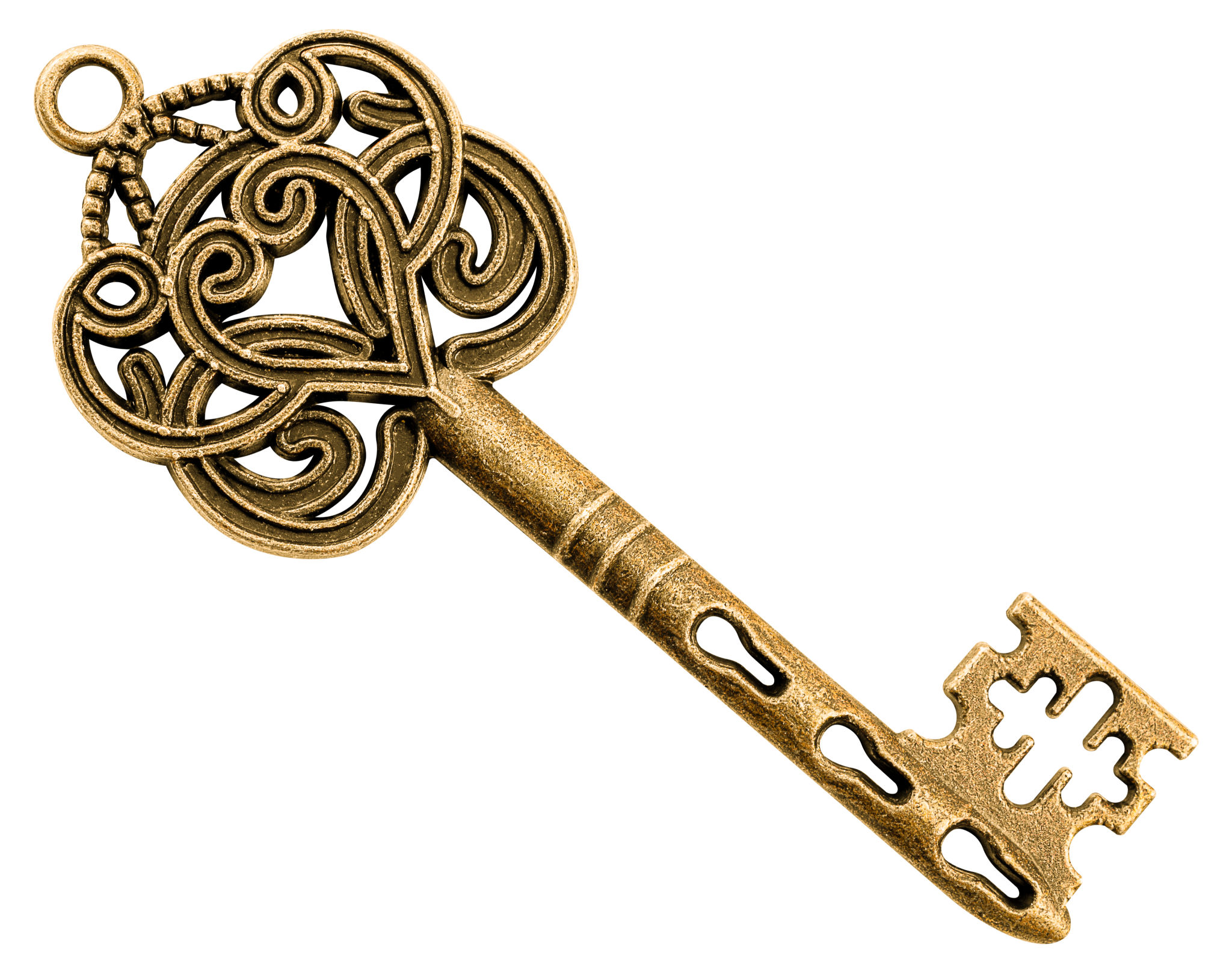The Impact of AI Innovations on Hawaiian Cultural Documentaries
MA
Introduction to AI in Cultural Documentation
As technology advances, the way we document and preserve cultural heritage is evolving. Artificial Intelligence (AI) has become a significant player in this transformation, especially in areas like Hawaiian cultural documentaries. AI innovations are not only enhancing the creation of these documentaries but are also ensuring the preservation of Hawaii's rich cultural history for future generations.
The integration of AI in cultural documentation allows for more comprehensive and accurate storytelling. By utilizing AI technologies, filmmakers can delve deeper into historical contexts, ensuring that the narratives are both engaging and informative. This approach helps in maintaining the authenticity and richness of Hawaiian culture.

Enhancing Storytelling with AI
AI technologies such as natural language processing and machine learning are revolutionizing the way stories are told in cultural documentaries. These tools allow filmmakers to analyze vast amounts of historical data quickly, providing insights that might have taken years to uncover manually. This capability ensures that the stories being told are not only compelling but also grounded in factual accuracy.
Moreover, AI can assist in translating and preserving the Hawaiian language, which is crucial in maintaining cultural integrity. Language models can help generate subtitles and translations, making documentaries more accessible to a global audience while preserving the nuances of the native tongue.

Preserving Cultural Artifacts
Beyond storytelling, AI plays a critical role in preserving cultural artifacts. Through image recognition and digital archiving, AI can help catalog and protect ancient Hawaiian artifacts. This ensures that they remain intact and accessible for educational purposes and future research.
For instance, AI algorithms can be used to digitally restore damaged artifacts or recreate historical sites in virtual reality. This offers a unique opportunity for audiences to engage with Hawaiian culture in ways previously unimaginable, providing immersive experiences that bring history to life.

AI-Driven Audience Engagement
The use of AI extends beyond production and preservation; it also enhances audience engagement. By analyzing viewer data, AI can help filmmakers understand audience preferences and tailor content accordingly. This ensures that documentaries resonate with viewers while promoting a deeper understanding of Hawaiian culture.
Interactive AI tools can also be incorporated into documentaries to create a more engaging viewing experience. Viewers could use these tools to explore additional content or delve deeper into specific aspects of Hawaiian history as they watch.
Challenges and Considerations
Despite its benefits, the use of AI in documenting Hawaiian culture is not without its challenges. There is a risk that over-reliance on technology might lead to the loss of human elements essential to storytelling. It's vital for filmmakers to strike a balance between utilizing AI and maintaining the traditional methods of cultural documentation.
Additionally, ethical considerations must be addressed, particularly concerning data privacy and cultural sensitivity. It is important that AI technologies are used responsibly to respect and honor Hawaiian traditions and values.

The Future of AI in Cultural Documentation
The future of AI in Hawaiian cultural documentaries looks promising. As technology continues to evolve, so too will the ways we document and share cultural stories. Filmmakers and cultural historians are likely to find innovative ways to blend AI with traditional methods, creating documentaries that are both modern and respectful of Hawaii's rich heritage.
With ongoing advancements, AI has the potential to unlock new dimensions of storytelling, offering audiences around the world a deeper appreciation for the beauty and complexity of Hawaiian culture.